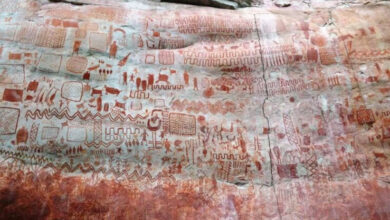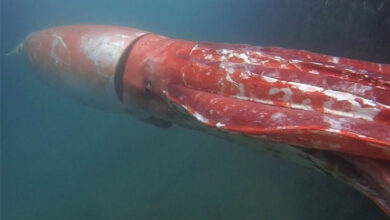Into the Depths: The Allure and Peril of Jacob’s Well
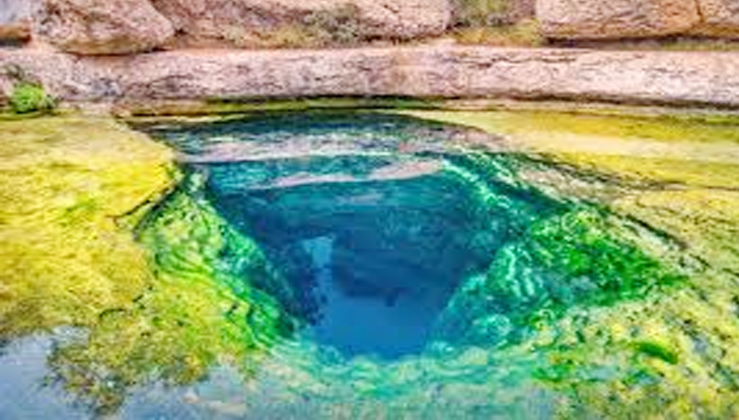
Beneath the serene surface of Texas Hill Country lies Jacob’s Well—an inviting but deadly spring that has claimed lives and captivated adventurers for generations. Learn the history, allure, and real dangers of one of the Lone Star State’s most mysterious natural wonders.
The Enigmatic and Treacherous Beauty of Jacob’s Well
Summers in central Texas are not for the faint of heart. The blistering heat sends locals and tourists scrambling for any kind of relief—from air-conditioned diners and cans of ice-cold Lone Star beer to the crisp, clear waters of Jacob’s Well, one of the region’s most iconic natural springs. But while Jacob’s Well may seem like the perfect way to cool down, it harbors secrets that make it far more than just a pretty swimming spot. Beneath its sparkling surface lies a complex and deadly cave system that has challenged—and even claimed—the lives of those brave enough to explore its depths.
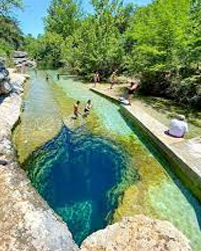
A Spring with History and Depth
Discovered by settlers around 1850, Jacob’s Well—technically a perennial karstic spring—was named for its seemingly biblical majesty. The spring, measuring about 12 feet in diameter, once gushed water up to five feet into the air. Early settlers quickly took advantage of the natural resource, using it first as a drinking source and later to power a sawmill. Over the years, explorers have mapped out over 4,500 feet of the submerged cave system, making Jacob’s Well the second-largest fully underwater cave in Texas. Sitting on 80 acres of protected land, the well averages 120 feet in depth and is fed by the Trinity Aquifer, a major water source stretching across southwestern Texas. Though the days of the well spouting 170 gallons per second are gone—largely due to development and aquifer depletion—it still feeds into Cypress Creek and remains a favorite spot for nature lovers and thrill-seekers alike.
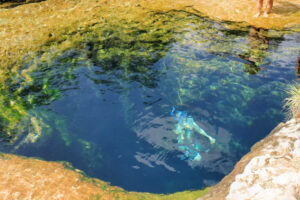
An Invitation to Adventure—and Risk
On the surface, Jacob’s Well is irresistible. Clear, cool waters offer respite from the unrelenting Texas sun. Adventurous visitors often jump from nearby rocks into the narrow shaft of the spring, sometimes diving as deep as 100 feet on a single breath. Others attempt to explore the cavern’s maze-like passages, despite repeated warnings.
While free-diving is allowed, scuba diving is restricted. This is no casual swim—the underwater caves are notorious for their narrow passages and sharp turns. Divers often must remove their tanks to squeeze through, making the journey incredibly hazardous. In 2015, 21-year-old Diego Adame described a near-fatal encounter while free-diving deep into the cave. He lost a flipper and had to abandon his weight belt to reach the surface, narrowly escaping a watery grave.
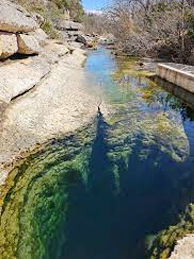
A History Marked by Tragedy
Jacob’s Well has earned a grim reputation over the decades. The Houston Chronicle once dubbed it “one of the world’s most dangerous dive sites.” Since its discovery, at least 12 people have died while attempting to navigate its depths.One of the most tragic incidents occurred in 1979, when two young divers became trapped in a narrow passage and drowned. One body was recovered in 1981, while the other remained inside until a daring recovery mission in 2000 finally brought it to the surface. Even surface activities can be risky. The well’s rocky surroundings and strong upward currents have led to injuries among those who attempt flips or head-first dives into the narrow opening. Though swimming is permitted, it is strictly at your own risk—and only between 10 a.m. and 6 p.m. Visitors must make reservations in advance, and swimming sessions are limited to two hours.

